Wakizashi: The Lesser-Known Blade of the Samurai
With a blade length ranging from about 12 to 31 inches (approximately 30 to 78 cm), the wakizashi strikes the perfect balance for close combat and practical use. As the Japanese saying goes, “A sword is a weapon of the spirit.”
O-Wakizashi and Ko-Wakizashi
Wakizashi swords come in two main types: O-Wakizashi and Ko-Wakizashi.
The O-Wakizashi is the longer version, usually about 24 inches. It was typically used in more formal combat scenarios where having extra reach could make a big difference. This blade was perfect for situations requiring serious cutting power and control, like a duel or a high-stakes battle.
The Ko-Wakizashi is the shorter option, around 12 inches long. Its smaller size makes it incredibly practical and easy to handle, especially in tight quarters. It’s designed for quick, precise movements, making it ideal for more agile, close-range combat.
The O-Wakizashi usually has a wider blade, which means it hits harder and cuts deeper. The Ko-Wakizashi is all about speed and agility. Back in the day, samurai picked one based on what they needed at the moment—either heavy-duty power or quick, precise moves.
Difference Between Wakizashi and Katana
The wakizashi and katana are iconic symbols of Japanese samurai swords, distinguished mainly by size. The wakizashi, with a blade length of 12 to 30 inches, is ideal for close combat and tight spaces, offering quick draws and precise strikes, while the katana, over 40 inches long, excels in broader, more powerful movements.
Often paired as part of the “daisho” set, the wakizashi served as a backup weapon and symbolized a samurai’s honor and readiness, complementing the katana’s representation of their fighting spirit.
Smaller in size, the wakizashi allowed swordsmiths to showcase intricate designs, with ornate handguards and grips reflecting personal or family heritage, while the katana prioritized strength and durability.
| Feature | Wakizashi | Katana |
| Blade Length | 30 to 78 cm (12 to 30 inches) | About 102 cm (over 40 inches) |
| Use | Close combat | Long-range attacks |
| Fighting Style | Quick draws and strikes | Powerful slashes |
| Status | Backup weapon | Represents warrior spirit |
| Cultural Significance | Symbol of honor | Soul of the samurai |
| Craftsmanship | Intricate designs | Focus on blade length and strength |
When the Wakizashi Beats the Katana
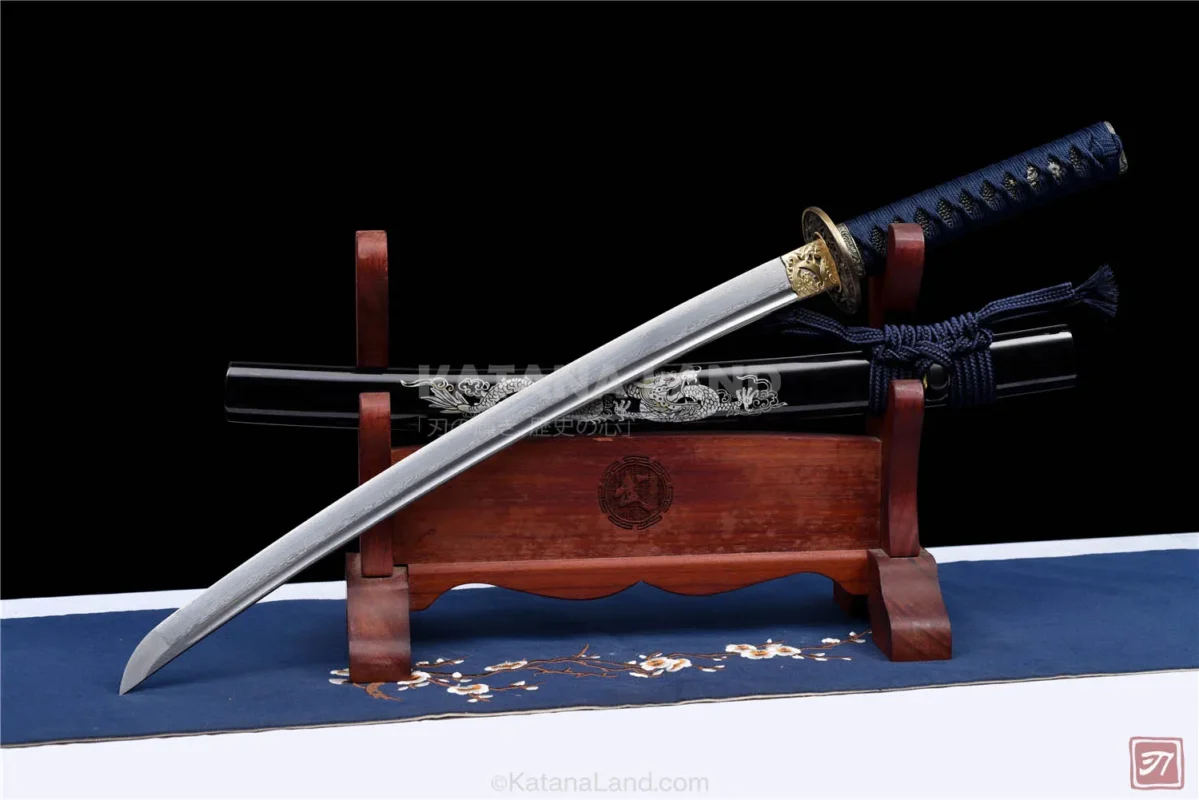
Unlike the katana swords, which are larger so you need more space to maneuver, the wakizashi excels in tight spaces and fast-paced combat. It’s lightweight, easy to handle with one hand, and perfect for quick strikes and counters where speed and precision are crucial.
Samurai often used the wakizashi in kenjutsu kata to deflect attacks and counter in one move, targeting vital points like the wrist or neck. Its smaller size also made it ideal for techniques like joint locks, requiring less effort than a katana.
On the battlefield, samurai used the wakizashi’s polished blade to reflect sunlight and distract opponents or even threw it as a surprise weapon. In confined spaces, like castles, its shorter blade was safer and more practical, making it the perfect choice for stealth and as a reliable backup weapon.
Difference Between Tanto and Wakizashi
The tanto and wakizashi, both integral to Japanese weaponry, differ significantly in size, use, and cultural importance. The wakizashi, with a blade length of around 30 inches (78 cm), offers more reach while remaining easy to handle, whereas the tanto, typically about 21.5 inches (55 cm), is compact and built for swift, precise movements.
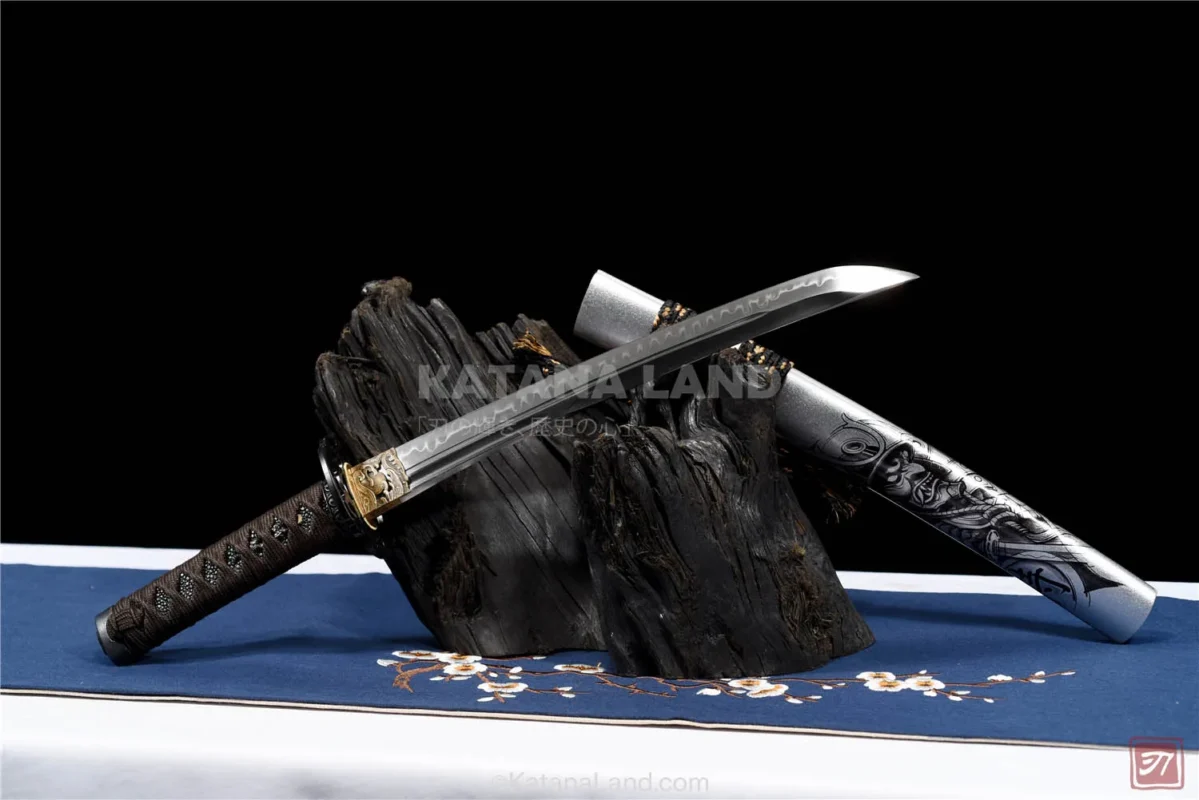
In combat, the wakizashi is highly versatile, excelling in both offensive and defensive roles with quick strikes and longer slashes. The tanto, on the other hand, functions as a dagger, focusing on thrusting techniques and speed, making it ideal for sudden, close-range encounters, especially in stealthy situations.
Culturally, the wakizashi holds greater significance, often worn alongside the katana as part of the “daisho” set, symbolizing a samurai’s honor and rank. The tanto, though valued for personal defense, lacks the same ceremonial weight.
In terms of craftsmanship, the wakizashi often features elaborate decorations, showcasing the swordsmith’s artistry and skill. The tanto, while beautifully crafted, prioritizes functionality over intricate design. Historically, the wakizashi served as a backup weapon in battle and played a role in samurai ceremonies, while the tanto was primarily used for close combat and practical tasks such as cutting or carving.
How to Store Your Wakizashi
Taking care of your wakizashi is super important if you want it to last and look great. First things first, keeping the blade dry is key. Moisture can lead to rust and corrosion, and nobody wants that. After you use it, make sure to clean the blade really well and put a thin layer of oil on it to keep it protected.
Don’t forget about the scabbard, either! Clean it regularly to stop dirt and dampness from building up. When it’s time to store your wakizashi, find a cool, dry spot that’s away from direct sunlight and humidity. A dedicated sword rack is a great idea—it keeps your wakizashi safe from scratches and damage.
Make sure to check your wakizashi regularly for any signs of wear or damage.
Where Can You Get Wakizashi
At KatanaLand, we offer carefully crafted wakizashi, alongside tanto, katana, and tachi, all blending tradition, artistry, and functionality. Each blade is forged with precision and attention to detail, ensuring exceptional quality that reflects the true spirit of Japanese craftsmanship. Whether you’re a collector or seeking a practical blade, our pieces honor the legacy of Japanese swordsmanship. Explore our collection today and find your sword!
FAQs
What are the three samurai swords called?
The three primary samurai swords are the katana, wakizashi, and tanto. The katana is the main long sword; the wakizashi is a shorter companion sword; and the tanto is a small dagger. Together, the katana and wakizashi form the “daisho,” symbolizing a samurai’s honor and status.
What is the holy grail of samurai swords?
The Honjo Masamune is often regarded as the “holy grail” of samurai swords. Crafted by the legendary swordsmith Masamune, this katana was known for its superior quality and strength. It became a symbol of power in Japan’s feudal era but mysteriously disappeared after WWII, adding to its mystique.
What is the purpose of a wakizashi?
The wakizashi served as a samurai’s secondary sword, typically used for indoor or close-quarter combat where a katana’s length was impractical. It also held cultural significance, often used for seppuku (ritual suicide) and as a status symbol, representing the samurai’s commitment to duty and honor.
What is a wooden wakizashi called?
A wooden wakizashi is known as a bokken or bokuto. These practice swords are crafted from wood and are often used in martial arts training to safely simulate the handling of a real wakizashi without the risks associated with a live blade, allowing practitioners to refine techniques.
Is it illegal to have a samurai sword?
The legality of samurai swords depends on the country. In the U.S., they are generally legal to own but may be restricted in public settings. In places like the UK and Australia, certain restrictions apply, especially for carrying or displaying them publicly, to ensure safety.
Wakizashi Swords by KatanaLand
-
 Kirin no Kiba Wakizashi$580.00
Kirin no Kiba Wakizashi$580.00 -
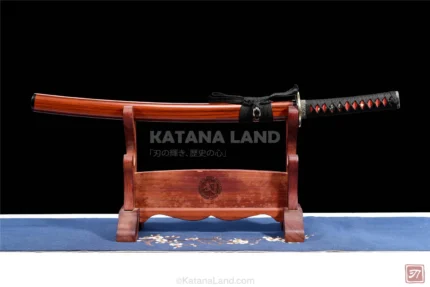 Akichiku no Wakizashi$220.00
Akichiku no Wakizashi$220.00 -
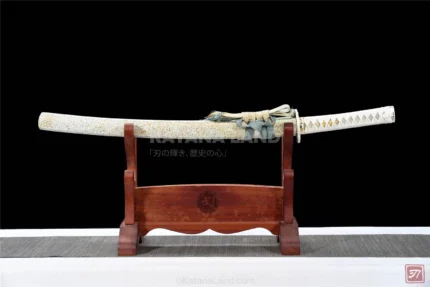 Ivy no Kiba Wakizashi$500.00
Ivy no Kiba Wakizashi$500.00 -
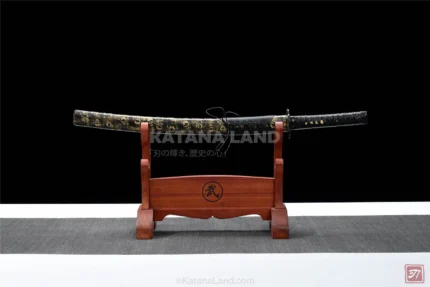 Ketsuzon no Ken Wakizashi$320.00
Ketsuzon no Ken Wakizashi$320.00 -
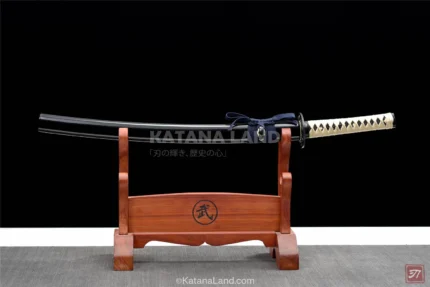 Glacier Samurai Wakizashi$320.00
Glacier Samurai Wakizashi$320.00 -
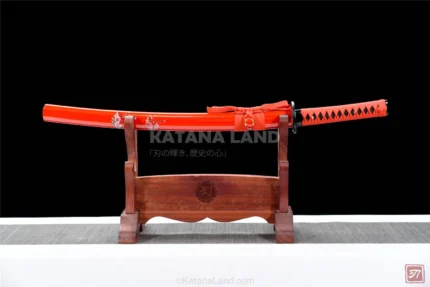 Crimson Butterfly Wakizashi$290.00
Crimson Butterfly Wakizashi$290.00 -
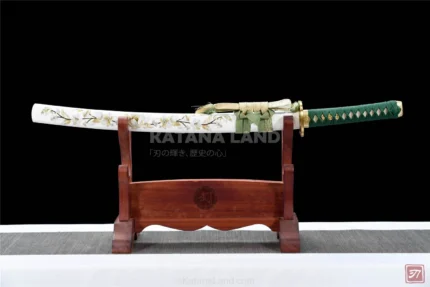 Eternal Sakura Wakizashi$690.00
Eternal Sakura Wakizashi$690.00 -
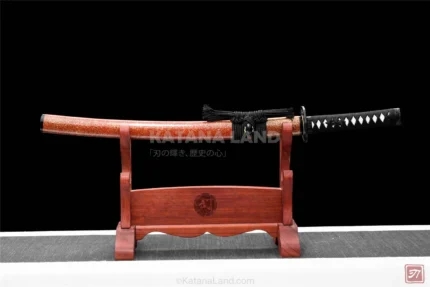 Aoi Kiyoshi Wakizashi$340.00
Aoi Kiyoshi Wakizashi$340.00 -
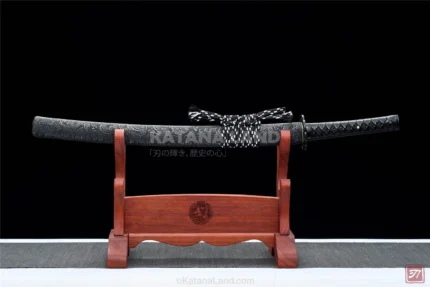 Chiryuu Wakizashi$340.00
Chiryuu Wakizashi$340.00 -
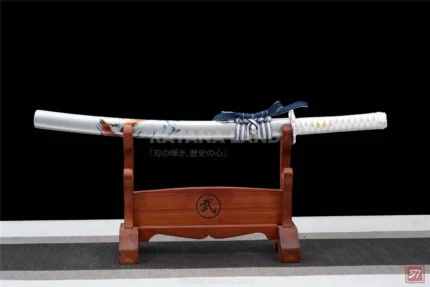 Nengo Yuyu Wakizashi$340.00
Nengo Yuyu Wakizashi$340.00 -
 Aozora Blade Wakizashi$420.00
Aozora Blade Wakizashi$420.00 -
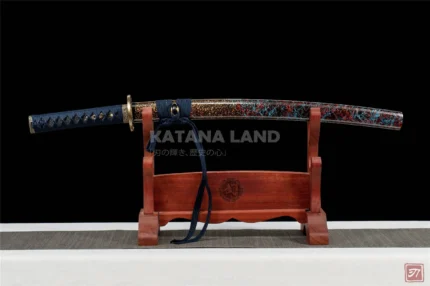 Azure Demon Wakizashi$320.00
Azure Demon Wakizashi$320.00 -
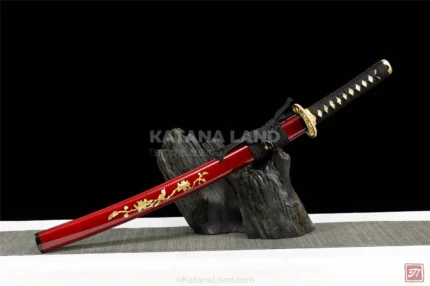 Crimson Path Wakizashi$420.00
Crimson Path Wakizashi$420.00 -
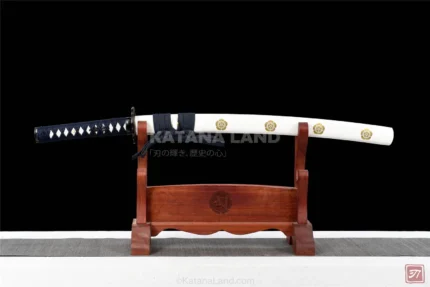 Azure Tale Samurai Wakizashi$340.00
Azure Tale Samurai Wakizashi$340.00 -
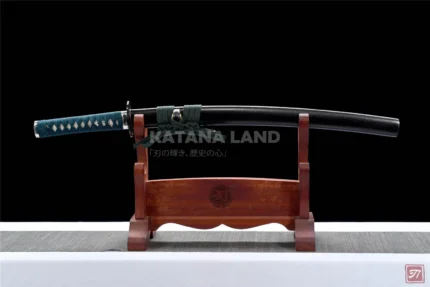 Emerald Empress Wakizashi$370.00
Emerald Empress Wakizashi$370.00
